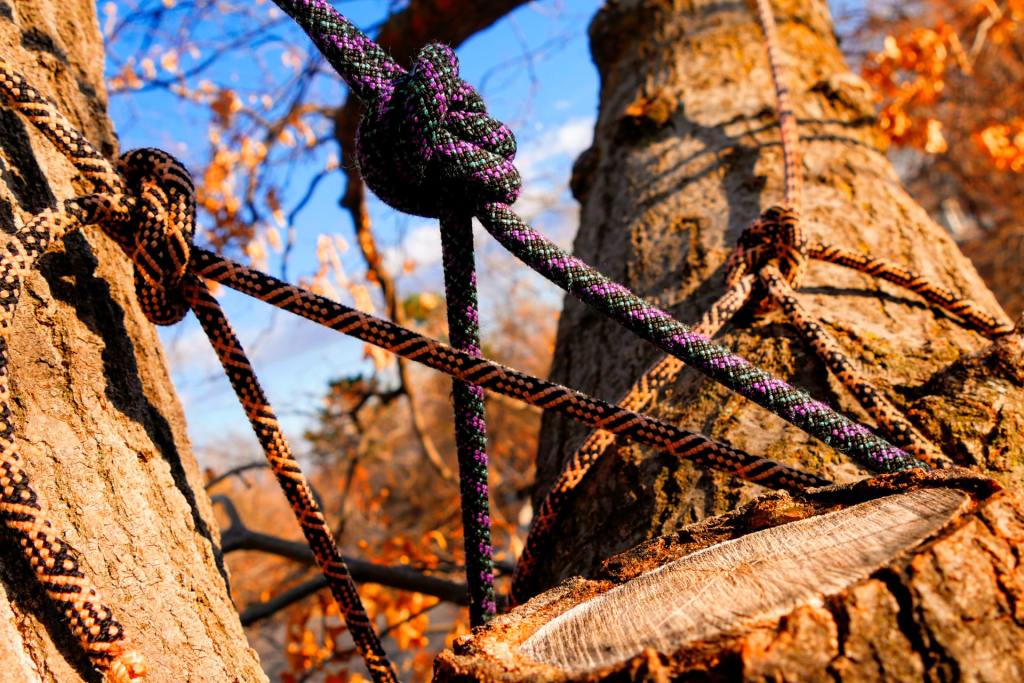 Photo by Malachi Brooks on Unsplash
Photo by Malachi Brooks on Unsplash
Deep learning, this is what in many discussions with my colleagues we have wished for. That our students would focus more and learn in a deeper way. And we have complained about how superficial they are, especially the generation we now meet in the first year of our programs. In our ONL201 discussions we also touched on such issues: we need students sometimes to actually know what they are talking about, we need precision in how they describe a concept or phenomena, we need them to have understood the main aspects. As we worked with our task in topic 3 in ONL201, I started thinking that we tend to assume that deep is related to something you do individually. You sit with your book, dig into it and read until you got it, to put is simply.
But what is deep learning, really? In relation to the topic of connecting and learning in communities, I think there are three ways of understanding “deep learning”. One is about learning to learn, the second is about learning to be, the third is about learning to see. All these three aspects of learning probably have a long term impact on the learning process, and in this sense are part of a deep way of learning.
Learning to learn is about knowing where to look for knowledge. As fields of knowledge are continuously developing, it is impossible for one person to be up to date on all aspects of a field. Rather, the competence to know how to look for the knowledge one needs is what makes it possible to keep up to date. In this sense, working with personal learning networks (see here and here) provides the possibility to create connections in an organic way with people, journals, institutions, media, etc around the world by using social media and social software (Dron and Anderson, 2014). Such networks are open and allow to gradually reach more and more potentially interesting actors and become part of knowledge production networks.
Learning to be is about becoming a professional, learning the tacit knowledge in a field, the norms, what is considered good practice, as well as learning to judge and evaluate knowledge and performances. For learning to be you need to become part of a community of practice (Wenger, 2010; Gherardi and Nicolini, 2000), you need to work side-by-side and to have intense exchanges over a period of time. Online learning provides an opportunity for intensifying relational exchanges within a community, for sharing work and for working together, also at distance (Anderson, 2008). In this way, it provides a possibility for coming closer and for “sweating together” in which learning to be can be realised.
Finally, learning to see is about enhancing the way in which problems, situations, challenges are analysed and adressed. By gathering with a shared purpose, it is possible to start to look at an issue from different perspectives and to make sense of it together. Not only thinking together enriches the understanding of the issue at hand, but you also may be able to better reflect on your own way of adressing issues and where your weaknesses are (as you discuss with others you also see a reflection of your own way of thinking). In other words, learning could be understood as a communicative process that needs sensemaking that needs to be articulated in order to be shared (Ashcraft et al, 2009). Without communication, you only see an issue from a limited point of view. As sensemaking develops in communication, you start seeing the issue in a richer way. This kind of communication can be supported by the multimodality of digital tools.
All these three aspects are thus important for deep learning. They can be worked on by making students connect in a traditional course design, by I would argue that they can be supported and enhanced by online learning activities. The connectivity that the digital media offer, although often framed in terms of “quick and superficial” explorations and relations, may as above described actually support deep learning. For that to happen, though, connectivity needs to be designed, supported and maintained. The three learning-types described are realised if connections are tight and work. Connections do not happen by themselves, they need to be taken care of. In this sense, I think we may speak of making learning tight, rather than deep.
Anderson, T. (2008). Teaching in an online learning context. In The theory and practice of online learning (pp. 343-395). Athabasca university press.
Ashcraft, K. L., Kuhn, T. R., & Cooren, F. (2009). 1 Constitutional Amendments: “Materializing” Organizational Communication. Academy of Management annals, 3(1), 1-64.
Dron, J. & Anderson, T. (2014). Teaching crowds: Learning and social media. Athabasca University Press
Gherardi, S., & Nicolini, D. (2000). The organizational learning of safety in communities of practice. Journal of management Inquiry, 9(1), 7-18.
Wenger, E. (2010). Communities of practice and social learning systems: the career of a concept. In Social learning systems and communities of practice (pp. 179-198). Springer London